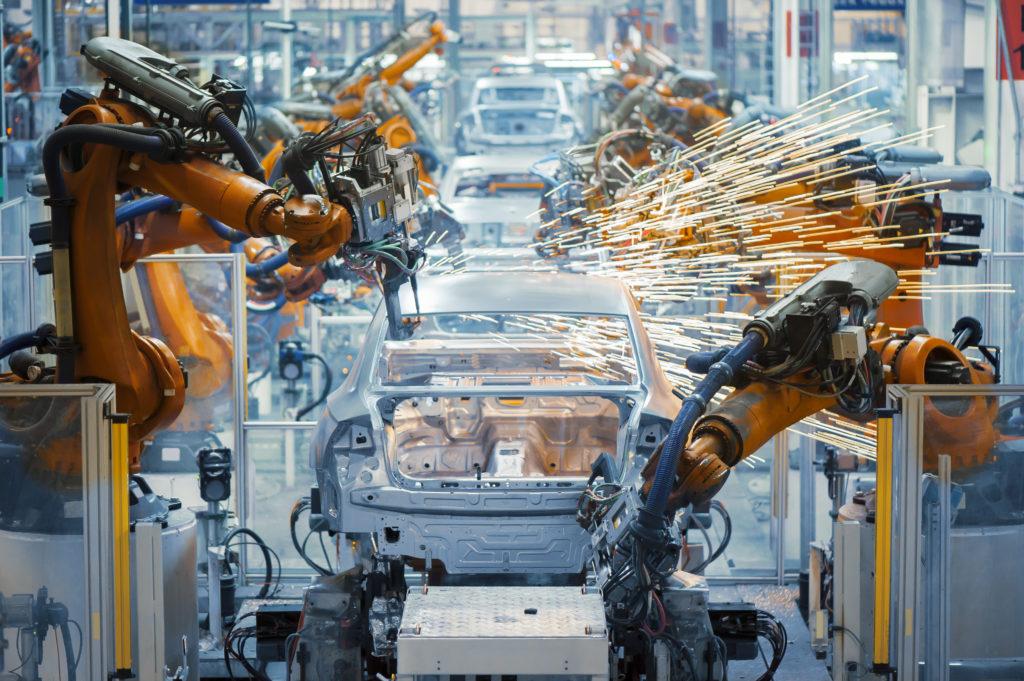With all the talk about how additive manufacturing is set to revolutionise the way products are made, what’s not heard about as much is the potential additive manufacturing also called 3D printing has to turn the supply chain on its ear and cut logistics costs for manufacturers small and large.
The myriad changes additive manufacturing is set to bring about to the supply chain can be summarised using the same words often used to describe the technique itself and what it means for manufacturers and users: words like accessible, customised, and consolidated.
Many researchers who follow the additive manufacturing industry, for example, say one benefit of the technology lies in the need for fewer components within a single product. The part consolidation will lead to a reduction in SKUs and inventory and could potentially reduce a company’s base of suppliers.
Product simplification will also reduce logistics labor, required tooling, machining centers, and work-in-process inventory.
With the rise of additive manufacturing, it won’t be too long before consumers will take a page from today’s food and restaurant culture: the move toward local. With consumers more ecologically aware than ever, they’ll naturally want to know how far their products have traveled to reach them.
The answer will be: not far.
Manufacturers will be able to work with their supply chain partners to create a network of 3D printers, each of which will act, in essence, as a small micro factory with operations coordinated via technology. That type of approach knocks out the distances products travel within the supply chain. In the future manufacturers will find it’s no longer financially feasible or efficient to send products across the globe to get to customers when manufacturing can take place almost anywhere at the same cost.
Not only that, but those small, distributed additive manufacturing centers will have less need for just in time inventory and for other paths to inventory reduction. They’ll simply be able to print up more products or parts when needed. That alone will be a huge change from today’s supply chain, a big part of which is powered by JIT.
Supply chains will also become more local, because 3D printing holds the potential to tailor individual products to a set of customers needs. If buyers in a certain area seek specific products–perhaps due to recent weather in the area manufacturers can produce them near the customers who want them.
They can also, and this is key, produce them only when needed. Late stage postponement makes the supply chain more agile as it can react to moment-by-moment changes in the marketplace.
In the same way, additive manufacturing can also step up during production disruptions, say due to weather. Should a hurricane keep supplies from making it to a particular factory, 3-D printed parts may have a role to play. Because the parts could be configured quickly, require no tooling, and could be produced in small batches, the method works well in the situation.
And here’s another way to look at local. As additive manufacturing extends its reach into remote markets, places today’s product supply chain doesn’t reach, the method will spread products and goods more equitably throughout the world. It will also be able to supply manufacturers in those areas access to parts and (3D printed) tools when and where they need them.
In tandem with that comes a rise in employment in those regions. More manufacturing means more jobs across all areas of the globe.
But why stop there? Not only does additive manufacturing have the potential to change today’s supply chain, it may also lead to the creation of new supply chain concepts, such as small maker businesses that deliver directly through express services like FedEx.
Whatever the future supply chain will look like as compared to today’s, one thing is clear, additive manufacturing will have had a hand in bringing about some valuable changes.
Article from Stratasys AUG 18, 2017 2:42 PM


